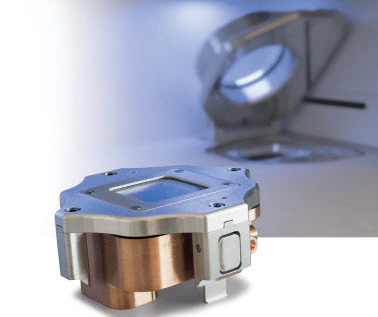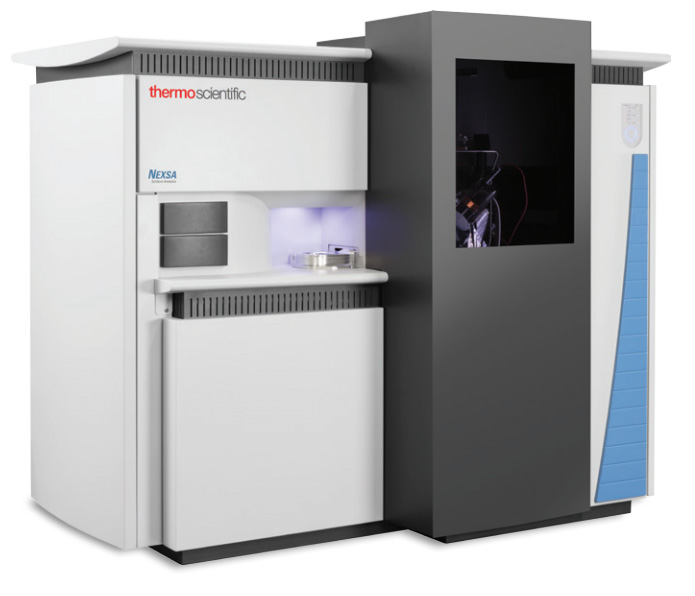Analysing Li-ion Battery Electrode Materials with XPS
An example of how XPS can be used in battery development, to analyse li-ion battery electrode materials for a better understanding of the SEI layer.
XPS (X-ray Photoelectron Spectroscopy – also known as ESCA, or Electron Spectroscopy for Chemical Analysis) is a surface analysis technique for quantitative chemical analysis.
Understanding the SEI Layer
Over the lifetime of a lithium ion battery, the charge / discharge process causes a solid-electrolyte interphase (SEI) layer to form on the anode. This contributes to the reduction of the battery’s capacity, impairing the performance of the cell.
Analysis of the SEI layer is a way to understand and ultimately control this phenomenon, to improve li-ion battery performance and lifetime. XPS depth profiling can be used to chemically characterise the complex mixture that makes up the interphase layer, to identify the chemistries that comprise the SEI.
Example: Lithium-ion Battery Electrodes
In this example, the Thermo Scientific Nexsa XPS system was used to analyse the surface of lithium-ion battery electrodes.
Air-sensitive Materials
Lithium us sensitive to air and moisture, so the samples were transported from a glove box to the XPS instrument in a vacuum transfer module to avoid exposure to the ambient atmosphere. The surface was therefore representative of the electrode material in its original state when removed from the cell.

Comparing Cathode Samples
Two cathode samples were analysed:
- A pristine, unused cathode sample.
- A cathode from a cell after several charge/discharge cycles, in a charged state.
The cathode material is Li(Nix MnyCoz)O2, prepared using a binder medium to hold the material together. The binder is a mixture of fluorine and oxygen containing polymers. On the unused cathode, the binder is visible as a residue on the surface. This could be significant during its first use, if the binder residue becomes mobile in the electrolyte, or reacts to initiate the formation of a surface layer that could impede ion transport.
XPS Spectra
XPS survey spectra are shown below, comparing the used with the unused cathode.This shows that the binder is still present in the cycled cathode, as well as residue from the electrolyte at the surface.

NMC Component Variation
The chart below shows the variation in NMC components of the two samples (excluding oxygen). The relative intensities of the Ni, Mn and Co are very similar. However, in the cycled battery the amount of Li is around 40% of that seen in the pristine cathode. This is as expected in a charged cell, when the Li ion is transported towards the anode and away from the cathode, resulting in a depleted level of lithium in the cathode.

Full details of this experiment are available to download in a pdf from Thermo Scientific.
Samples courtesy of Dr. Harry Meyer III (HTML, Oak Ridge National Lab, USA), Dr. David Wood III, and Dr. Debasish Mohanty (NTRL, Oak Ridge National Lab, USA).

Thermo Scientific Nexsa
- Most flexible XPS system in the range.
- Fully automated for fast time to results.
- Seamlessly integrates with other techniques including Raman, ISS, UPS and REELS.
- Optional in-situ sample heating and biasing.
More Information
Blue Scientific is the official distributor of XPS systems from Thermo Scientific in the UK, Ireland, Sweden and Denmark. We’re available to provide quotes, demonstrations and answer all your questions – just get in touch:


